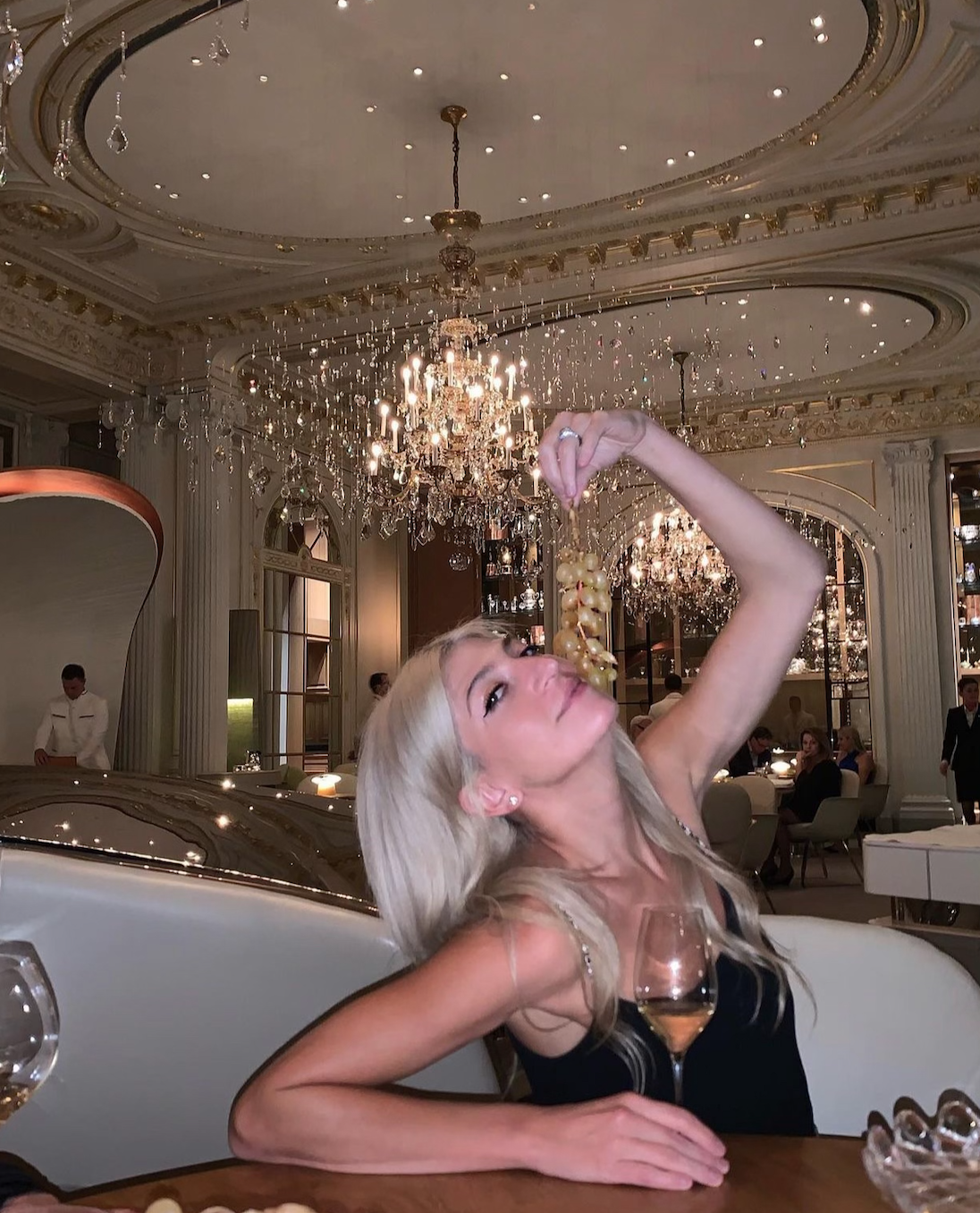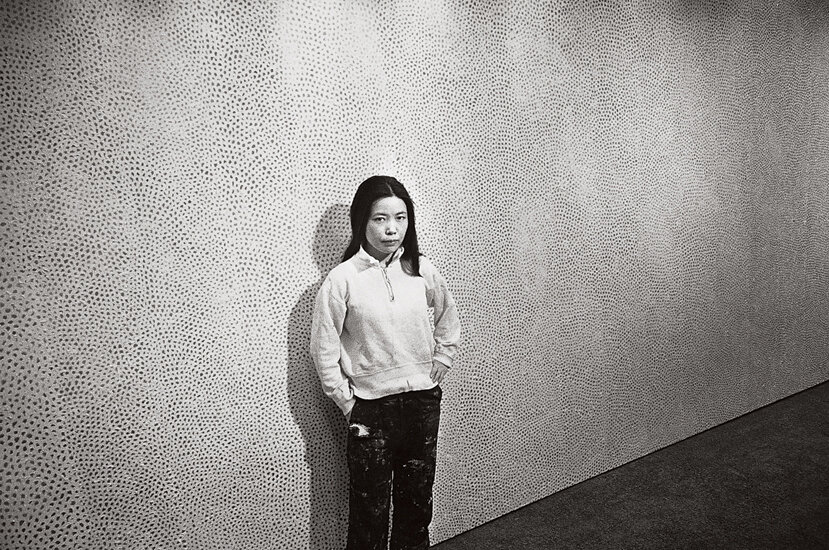Sarah Hoover, a director at Gagosian since 2007 - one of the world’s most influential contemporary art galleries, is an art dealer, based in New York City. With a wonderfully sarcastic sense of humour you can’t help but fall for Hoover’s genius portrayal of her own life though her fabulously unfiltered Instagram account @sarahhoov. As she navigates the world with her son Guy + husband Tom Sachs, Hoover is a force to be reckoned with. Defying any roles society works hard to box us into as women, her strong + empowered storytelling conveys a sense of the badass woman she is, one that’s intellectually interested + interesting, hilarious + with just the right amount of self-deprecating humour she brings it all together in her breathtaking + impossibly beautiful collection of outfits + Chanel filled wardrobe.
Here she chats style philosophy, social media + daily routines..
HSF - What does a day in the life of Sarah Hoover look like?
SH - Different now than pre pandemic! I like to work out first thing, then shower + take time getting ready. Spend an hour or so hanging out with my son in the morning before he goes to school, then do correspondence + zoom calls + get them out of the way before lunch. I need a big chunk of time in the afternoons to write—three hours or so, half of which I waste procrastinating + suffering from extreme imposter syndrome, half of which I actually accomplish things. And then I like to hang out with my son between his dinner + bed time. He’s my favorite person. At night I have dinner with my husband most nights, + our best couple friends about half the time. I reserve at least one night a week for girlfriends—I’d reserve them all for girlfriends if I could!
HSF - It’s safe to say your style is a D R E A M. What is your perfect outfit? Like what makes you feel your best?
SH - I feel my best in short skirts + dresses because I like when my legs feel free! I hate being overly hot + as you may know I am an extreme overheater which I love to talk about constantly. It’s pretty sexy.
HSF - On the note of personal style, you’re the Queen of “when art + fashion collides” what is your style philosophy / how do you build out your wardrobe?
SH - My style philosophy is that trends don’t matter + you should wear things that make you feel comfortable + happy. I’ve always loved pastels + sparkles + matching looks. I indulge it! At night I love to feel sexy + wear all black, lots of leather + fitted looks, and I indulge that too. I’m not sure either vibe is “on trend” but I don’t really care.
HSF - Where do you find yourself most inspired? And by whom?
SH - When I’m reading really good fiction + really good poetry. Specifically Sylvia Plath, TS Elliot, Hemingway. I also love to see museum shows of beautiful + radical art.
HSF - To what do you attribute your success thus far?
SH - So much luck + good fortune that I don’t deserve. But also, trying to treat everyone with grace + kindness + going above and beyond with every task.
HSF - What upcoming exhibitions or emerging artists are currently catching your attention in terms of art?
SH - Adriana Varejao at Gagosian West 21st street will be beautiful!
HSF - And in fashion?
SH - Christopher John Rogers + his use of color. Rodarte + how they follow their imagination + inspirations.
HSF - Favourite established designer?
SH - Chanel
HSF - And someone more emerging?
SH - Markarian + Prabal Gurung
HSF - You’re one of the coolest people to follow on Instagram as a Mum, style icon + career lady. Your sharp sense of humour + incredibly articulate + smart manner defies the fatigued + repetitive nature of so many accounts these days. How do you switch off though? Do you find the pull of social media + always being turned on a challenge? Where do you find balance in doing it all?
SH - I definitely find the pull of social media to be hard to resist! But I think being mindful of doing things that bring true joy + inspiration, not things that are just rote habit, is super important—so if I’m just looking at social media + absorbing it but not creating content + creating thought expression that is fulfilling for me, that’s when it’s time to lock my phone away.
HSF - Do you have a morning + evening routine? Anything that you do every day without fail?
SH - I write in my journal first thing when I wake up. Sometimes it’s for five minutes, sometimes it’s for thirty, but I try to do it first thing every day. And I’m really into oral hygiene.
HSF - What was the last book you enjoyed?
SH - The Margot Affair and Stephanie Danler’s memoir, Stray, which is beyond beautiful writing
HSF - And film / TV show?
SH - I love Succession + can’t wait for it to come back.
HSF - What are some of your unfulfilled ambitions?
SH - I want to write + publish lots more, both academic + fiction
HSF - And lastly Sarah, what’s next for you?
SH - I wrote a book last year that I hope will be published in 2022!
Follow Sarah via Instagram // @sarahhoov












































































